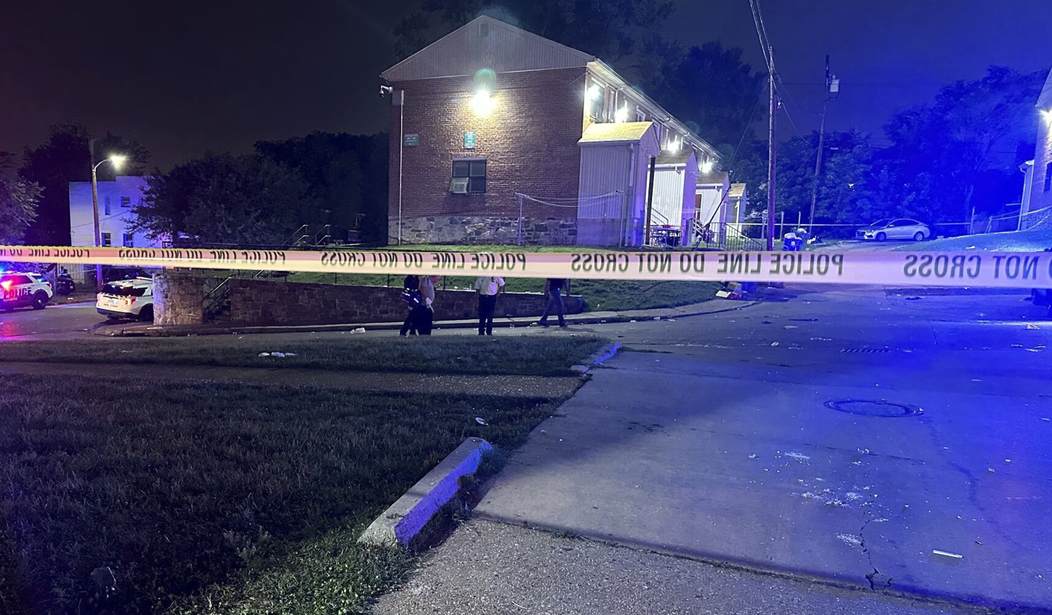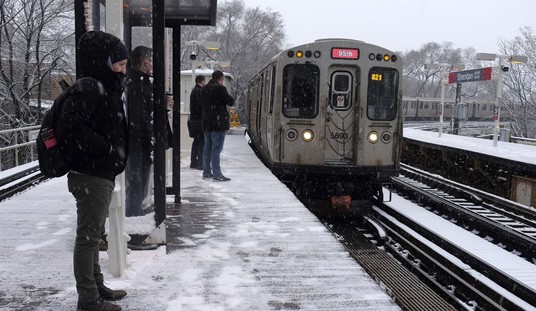Of all the emotion-driven arguments spouted by anti-gun activists, perhaps none is more common than the claim that firearms are the number one cause of death for kids in this country, surpassing traffic fatalities as of 2020. Of course, even back when the stats from the gun control crowd indicated that traffic fatalities were the leading cause of death for kids, you didn’t hear much talk about banning “high powered” sports cars or smart phones that lead to distracted driving like we do with their calls for bans on so-called assault weapons and “large capacity” magazines. The prohibitionary stance of the anti-gunners is limited almost exclusively to guns themselves.
But are those figures even correct? Dr. John Lott, head of the Crime Prevention Research Center says the answer is no.
The first question is: What is a child? For those under 18, vehicle deaths are consistently greater than those from firearms. Adding homicides, unintentional deaths, and suicides together shows 2,443 total deaths from vehicles and 2,218 from firearms. In 2021, there were again 2,668 vehicle and 2,519 firearm deaths. When we exclude justifiable homicides that are committed in self-defense, that number falls by several hundred.
So, even if we are counting 17-year-old gang members as “children,” the White House’s claim is incorrect. In 2019 and 2020, more minors died from suffocation.
Homicides for all ages have been on the upswing across the country starting in 2020. Democrats blame this increase on guns while ignoring police budget cuts, refusal to prosecute violent criminals, bail reform, and mass release of many young, healthy inmates during the pandemic.
Many people would even define children at even younger ages. But the claims by gun control advocates like Biden and Harris are only possible if they define everyone under 20 as children.
For those under 20, firearm deaths exceed vehicle deaths for 2020 and 2021 when you use the CDC firearm homicide data. When you use the FBI data, the vehicle deaths exceed the firearm deaths for 2019 and 2020, and likely 2021, though the FBI data isn’t available for that year. The bottom line is that about a third of the firearm deaths for those under 20 involve homicide, where the victims are 18 and 19 years old. Approximately 20% involve homicides for 15, 16, and 17-year-olds. These deaths are largely gang-related, and even banning guns is unlikely to stop drug gangs from obtaining guns to protect their extremely valuable drugs.
Nor does it make sense to blame rising suicides on guns. When gun bans are enacted, there are many other effective ways to commit suicide, such as hanging, walking in front of a train, jumping from a height, using explosives, or taking cyanide. Indeed, while gun bans are associated with drops in firearm suicides, there is no change in total suicides.
With the FBI data, firearm suicides make up about 40% of all firearm deaths. So, for example, in 2020, for those under 20, removing suicides would reduce the number of firearm deaths – using the numbers from the CDC – from 4,253 to 2,960, and – using the FBI murder rate data – from 3,405 to 2,112.
Banning guns might reduce firearm suicides and cases of self-defense, but it won’t reduce firearm murders. Indeed, a ban on guns, even a handgun ban like the ones we’ve seen in Washington and Chicago, inevitably makes things much worse. After every gun ban, murder rates have gone up.
While the gun control lobby has a vested interest in lumping together gun-involved homicides, suicides, and accidental/negligent deaths, these are all very distinct issues that deserve distinct policy decisions that will address the actual problem. As Lott notes, gun bans might reduce firearm-involved suicides, but if the overall suicide rate increases how could anyone call that a win? The goal shouldn’t be to get people to take their lives by other means, but to find a way through the darkness; ideally not just surviving but thriving.
The same is true when it comes to gun-involved homicides. For gun control activists, the answer is always fewer guns, starting with lawful gun owners. The reality is that a preponderance of violent crimes are committed by individuals well known to law enforcement who are illegally in possession of a firearm, like the suspect in Washington, D.C. accused of shooting and killing a 25-year-old high school teacher from Kentucky, who has multiple convictions in the District for crimes like a violent burglary and illegal gun possession, but who received probation after each and every conviction or guilty plea.
As Lott notes, “gun control advocates will tell you that Washington and Chicago weren’t fair tests. They will point out that criminals could still get guns in Virginia or Maryland, or in Illinois or Indiana. While that might explain why murder rates didn’t fall as promised, it doesn’t explain why murder and violent crime rates went up.”
It also doesn’t explain why Virginia has a much lower crime rate than more gun control-friendly locales like D.C. or Maryland, which shouldn’t be the case if the anti-gunners are right that more guns equals more crime.
Lott concludes that “Democrats can’t accept their responsibility for increased violent crime in 2020 and 2021,” and instead continue claiming that guns are the leading cause of death for kids because they want to blame firearms, gun owners, the Second Amendment, and those politicians who dare to defend the right to keep and bear arms. This deflection isn’t anything new, unfortunately, and sadly it gets in the way of enacting proven strategies to bring down crime rates without impacting anyone’s Second Amendment rights. Even when the left finally concedes that crimes should come with consequences, as we saw in Washington, D.C. this week, they’re still doing everything in their power to prevent lawful gun ownership and the right to armed self-defense. The statistics may change, but they remain wedded to their anti-gun agenda all the same.









